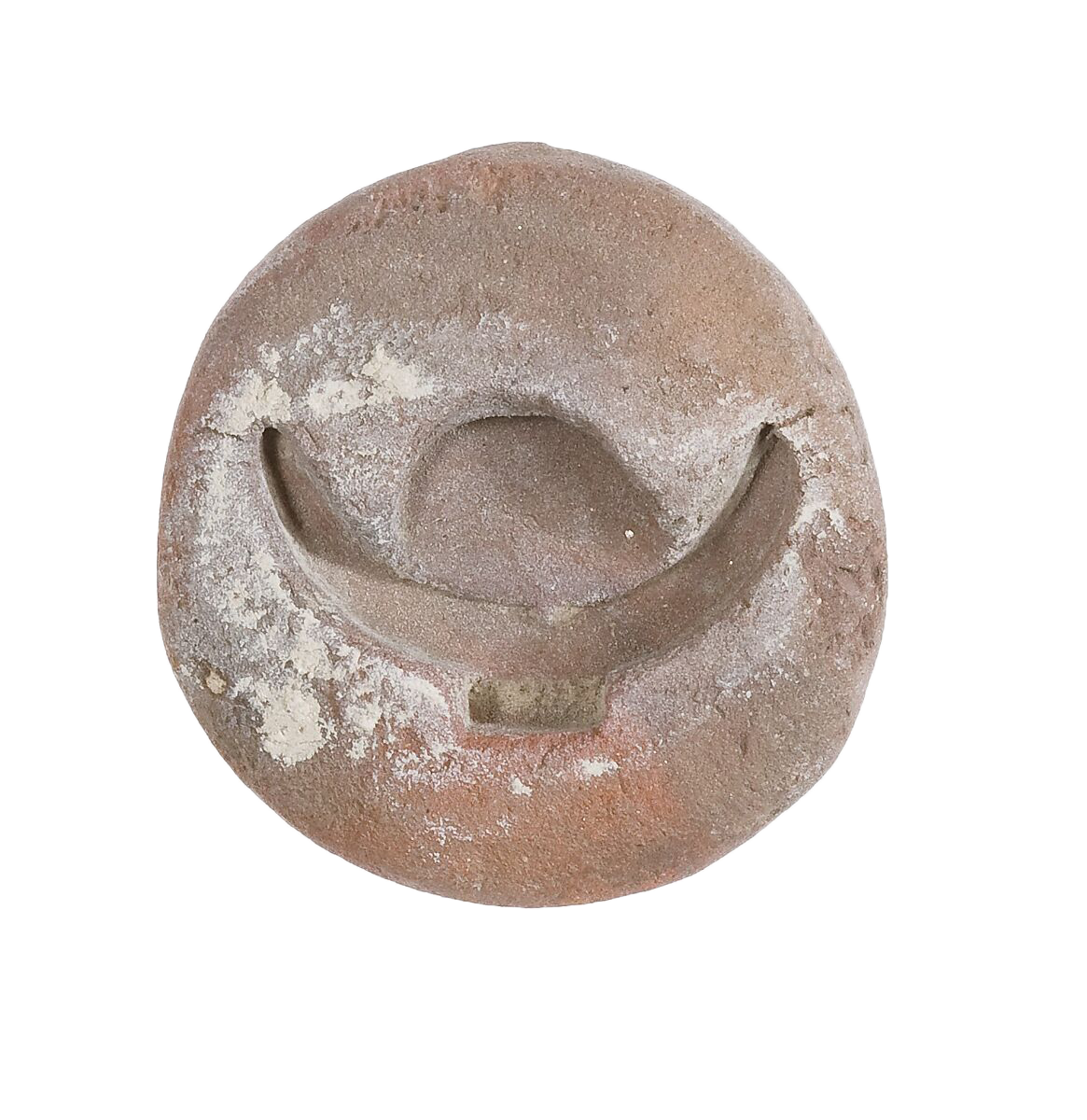The Sun Motif
1.
We are all universally connected under our planet's great star - the bringer of light and life to all living things in our world. Cultures across the ages have been innately aware of the sun's central importance for sustaining life. It has long been used as a symbol for enlightenment, illumination and wisdom and appears through out art history and theology in the form of the solar disc as well as gods and deities.
.
Ancient Greece
2.
The Solis symbol appears extensively across Greek art and architecture. The multi-rayed ‘sunburst’ symbol became prominent around the 6th century BC across Greek and Macedonian culture.
3.
The Sun also appears in Ancient Greek Mythology as the god Helios. Helios brought light to our world by riding his chariot across the sky each day.
Mayans & Aztecs
4.
The ancient Mayans & Aztecs held an incredible awareness of the role the sun played in both agriculture and time keeping. The Aztecs were known to have used a suntone and the Mayans held a calendrical system based around the sun. The Sun also features heavily in Mayan and Aztec religious belief, appearing as a sun deity believed to have been worshiped in ancient times.
Ancient Egypt
The Sun was a central figure in ancient Egyptian mythology and religion, with the sun disc appearing in art throughout the ages. Several sun gods and deities were central to ancient Egyptian religious life, most notably the Sun god Ra. Ra, like helios, was tasked with bringing the sun across the sky each day. Another prominent figure was the sun deity Aten, also known as Aton or Atonu. Aten appears during the late eighteenth dynasty and was depicted as a solar disc emitting rays.
5.
The Line of Sun
6.
In palmistry, The Line of Sun, or the Apollo line, is thought to show a love of all the creative arts and things of beauty.
It is not known exactly where palm reading began, however it is suggested that it may have it’s origins in ancient India where fortune telling was practiced. It appears through out the ages in Roma, China, ancient Egypt, Tibet and ancient Greece. It resurfaced and gained popularity during the renaissance period, and was re-newed again in the 20th century by psychoanalyst Carl Jung.
Solar Gallery
7.
8.
9.
10.
Images
1. Ancient Greek Helios ring - 5th - 3rd century BC
2. Ancient Grecian sun burst
3. Ancient Grecian coins featuring Telephos, Helios & Selene
4. Aztec calendar, located in the National Museum of Mexico
5. Amulet of Egyptian god - Re-Harakhty who carries a solar disc atop his head. Associated with Atum diety. 722–30 BCE
6. Palmistry photograph, origins unknown.
7. French Pilgrim sun badge - 15th century
8. Ancient Grecian coin featuring Hyperion, god of light
9. The Line Of Sun Solis Signet
10. Mould of horn and sun disc amulet, 1390 - 1352 BC.











